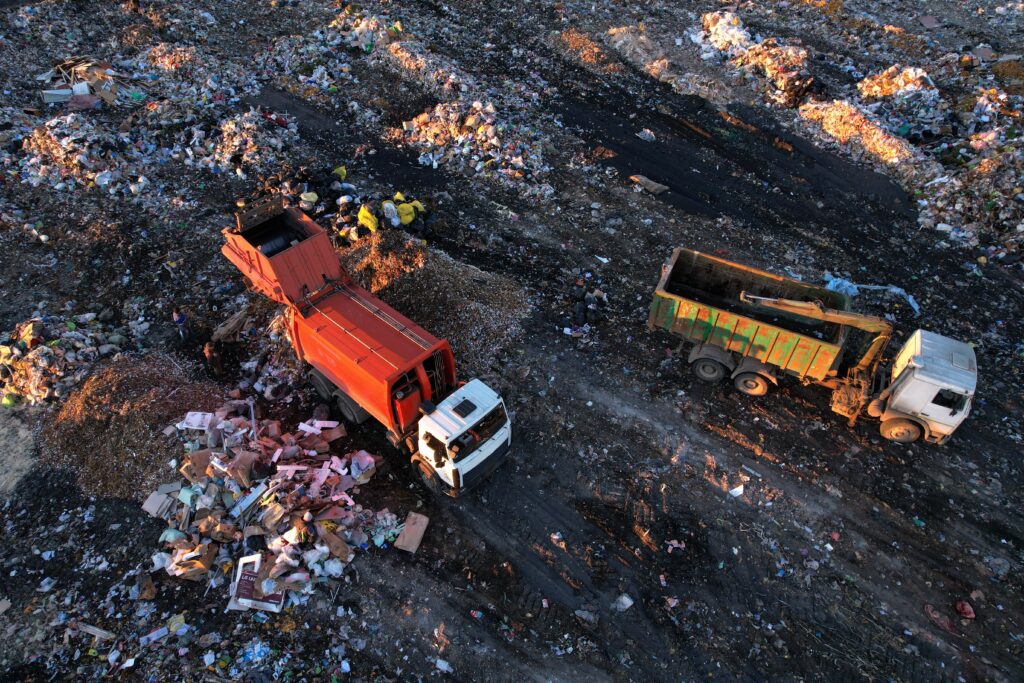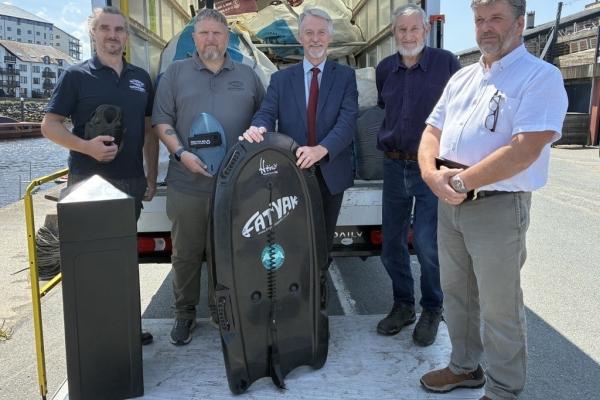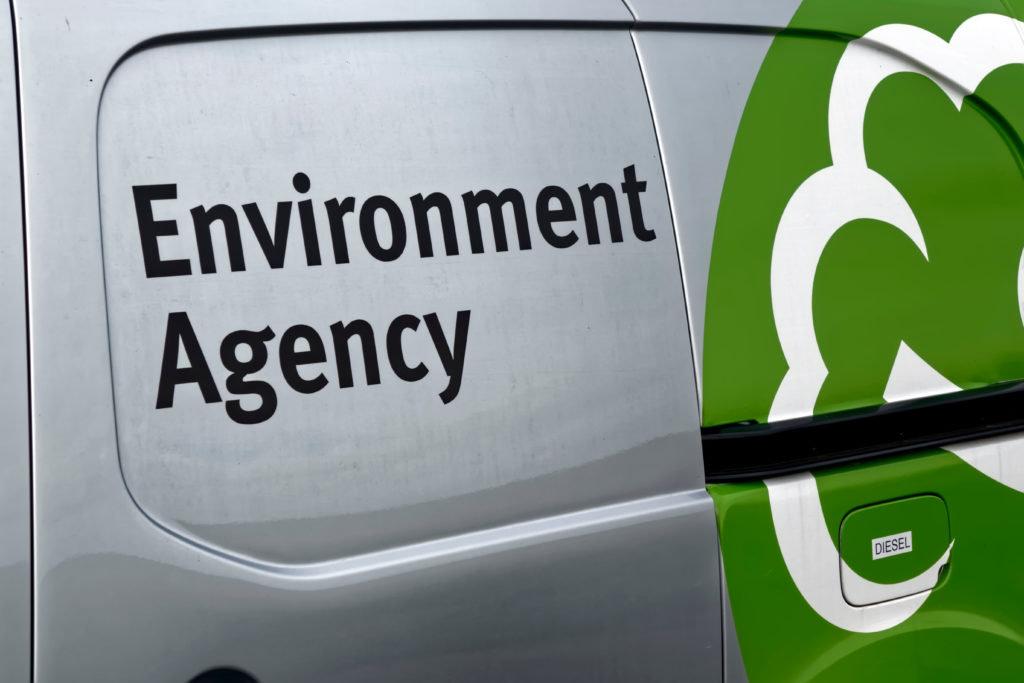Residual waste sent to incineration increased by 15.2% in the same time period.
The statistics were released by Defra today (8 May 2025) and cover residual waste and municipal residual waste generated and managed between 2019 and 2023.
The 15.2% increase in the volume sent to incineration included Energy from Waste (EfW).
Diane Crowe, group sustainability director at Reconomy, said: “Today’s data is a mixed bag – the 15.3% drop in landfill waste is a step in the right direction, but the 2028 targets are increasingly looking out of reach.
“It’s clear we need to pick up the pace in embedding circular practices. Waste generation is harmful because it loses the value of resources and puts pressure on finite natural materials. The circular economy is about keeping products and materials in use for as long as possible, extracting maximum value before recovery or disposal.
“Government, industry, and consumers must work together to drive real change – making waste reduction a priority and embedding circularity into every stage of the supply chain.”
The government has a target to reduce residual waste to a maximum of 287 kilograms per person by 2042, with an interim target of 437 kilograms per person by 2028.
The figures show a slight decline of 1.9% in the overall amount of residual waste produced between 2022 and 2023, falling from 1145.3 kilograms per person to 1017.0 kilograms per person.
This represents a decrease of 8.9% since 2019 when it sat at 64.4 million tonnes.
The exact amount of residual waste sent to landfill between 2019 and 2023 declined from 45.5 million tonnes to 38.5 million tonnes – equating to the 15.3% decrease.
The exact amount sent to incineration increased from16.1 million tonnes to 18.6 million tonnes between 2019 and 202 – representing the 15.2% increase.
At the same time, the amount of residual waste exported for incineration has decreased significantly, seeing a 44% decrease.








Subscribe for free